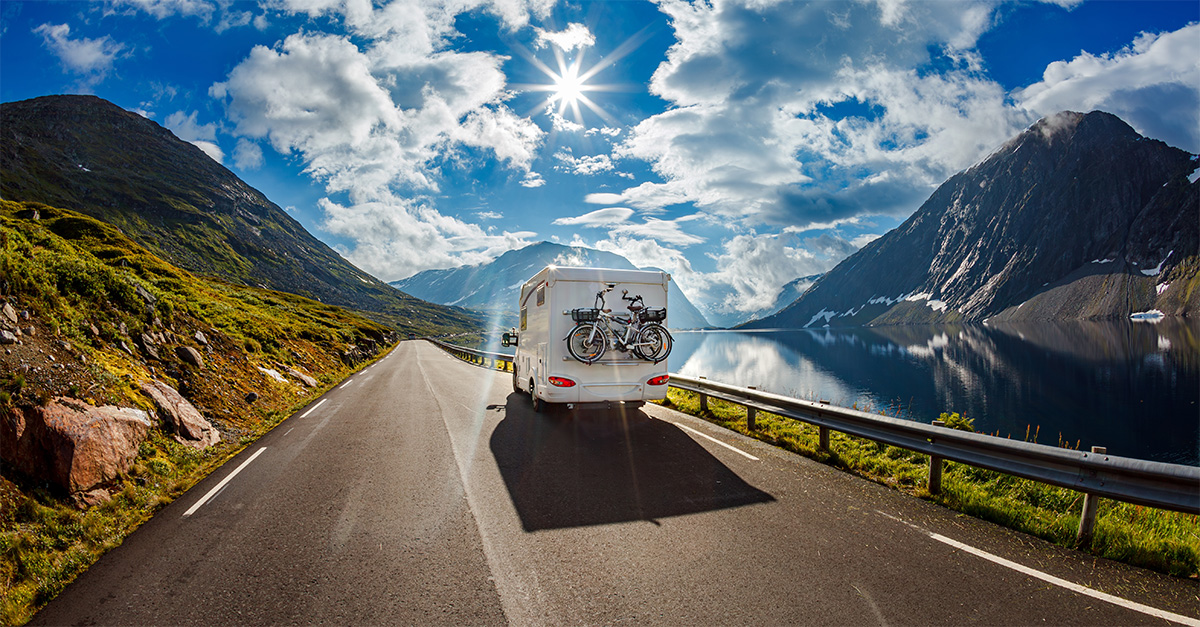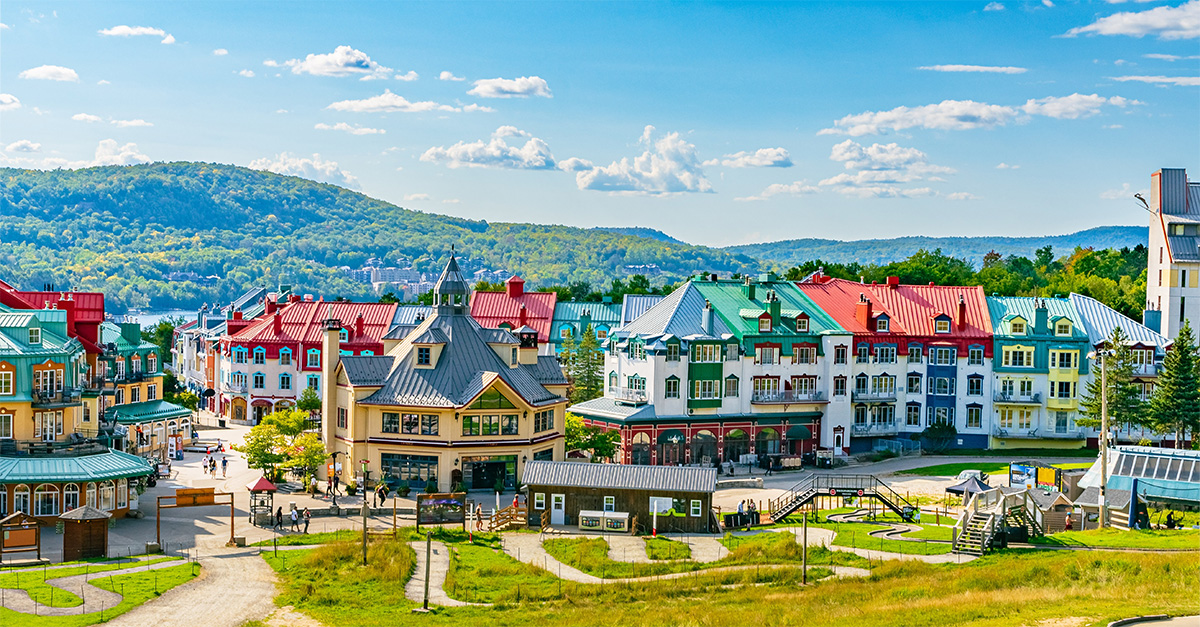Katie McGonagle has a whale of a time in Quebec’s maritime region
Like this and want more details? Click here to download and save as a PDF.
Small, pale, with a great vocal range, but carrying a few extra pounds of blubber.
It might sound like another no-hoper auditionee on The X Factor, but the shy beluga whale isn’t one to pose for a camera. So as I sailed from Tadoussac on a whale-watching cruise along the St Lawrence River, I crossed my fingers in the hope of catching a glimpse.
My luck must have been in, because as the first shout of ‘beluga’ came, I raced across the deck to find a dozen-strong pod of these milky-white whales bobbing around beside us. They’d brought along a few babies too, their darker grey heads popping up here and there, never straying too far from a protective parent.
This was the first of several captivating wildlife encounters in this rural region, showing why it’s worth going beyond the flagship cities of Montreal and Quebec City to discover another side of French Canada.
Heritage trail
That’s not to say the cities don’t deserve attention, and handily they’re also the gateway to the region. Air Canada flies daily to Montreal in seven hours or so (from £629), from which clients can catch an hour-long connection to Quebec City (from £735 in total), or look around Montreal then take the three-hour Via Rail service to the province’s capital.
Once in Quebec City, visitors will find a small, walkable city with history at every turn, from the 17th-century ramparts and Plains of Abraham, recalling Anglo-French skirmishes over the city, to icons such as the Fairmont Le Chateau Frontenac, built by the Canadian Pacific Railway.
The name Quebec comes from the Algonquin word meaning ‘where the river narrows’, and the St Lawrence coast makes for a scenic self-drive. Quebec Maritime’s tourist board publishes routes themed around whale-watching, national parks and a lighthouse trail. Anyone interested in the sea-faring history that shaped this region should make Pointe-au-Père maritime historic site near Rimouski their first stop.
It’s home to Canada’s only publicly-accessible submarine, the second-tallest lighthouse in Canada, but most impressively, a touching display commemorating the 1914 sinking of the Empress of Ireland in the St Lawrence River, which killed more than 1,000 passengers. It’s less well-known than the Titanic, but no less deserving of attention, and this collection of artefacts sheds valuable light on the tragedy. Museum entrance is £5 or £12.70 for all three attractions.
While most first-time visitors to Quebec will be surprised by how French everything is – it’s the most widely spoken language, and everything from the cuisine to the culture reflects those historic ties – there are some pockets that seem like a little England.
They include Reford Gardens at Mont-Joli, which will appeal to anyone who likes visiting National Trust properties. It began as a fishing lodge built by the first Canadian member of the House of Lords, then was bequeathed to his niece Elsie, who developed the extensive gardens with flowers from around the world.
Fast-forward a century or so and it’s managed by Elsie’s great-grandson, featuring exotic blooms such as the Tibetan blue poppy among its tranquil grounds, plus delightfully inventive dining from a new Montreal-trained chef – we started with a spoonful of edible flowers, moving on to expertly-cooked monkfish and an artfully-displayed dessert (entrance £10).
Where the wild things are
Never get between a mama bear and her cubs – this sage advice was running through my head as I hopped off the bus in Forillon National Park near Gaspé to get a closer (though not too close) look at a black bear.
After days of peering at every shadow just in case it signalled our first bear sighting, that patience was finally rewarded with a mother and two adorable cubs on an after-breakfast stroll in the sunshine.
Quebec’s national parks are home to an abundance of wildlife, from the enormous moose we spotted on a hike in Gaspésie National Park, to the pair of inquisitive deer wandering through Parc National du Bic.
These are both run by Parcs Quebec, with entry at £4.20 per visit, while Forillon is run by national agency Parks Canada costing £4.40; it’s worth noting for nature-loving clients that a season pass to one set of parks won’t apply to the other.Forillon is also the departure point for Cap Aventure’s twice-daily kayaking trips to visit the huge colony of grey and harbour seals just around the shore (from £29), which can also be combined with a whale-watching cruise run by Croisières Baie de Gaspé (£60.40 for both). But for those who prefer a larger vessel, Croisières AML has whale-watching departures on different-sized ships from 10 ports around the province. Either way, passengers get a chance to spot the 13 whale species found here, including minke, fin and beluga, along with the largest animal on the planet, the blue whale.
Must-see animals aside, the rather unglamorous gannet might not be on your clients’ agenda, but with the largest migratory bird sanctuary in North America tucked away on tiny Île-de-Bonaventure, it should be. The pleasant boat trip to the island is worthwhile in itself, affording views from every angle of the much-photographed Percé Rock; but an easy hike across the island leads to an enormous flock of these bright white seabirds blanketing the rocks – not quite as cute as the beluga, but an unexpected delight.

Sample product
Travel 2’s 15-day self-drive Splendid Nature of Quebec goes from Montreal to Quebec City, Percé, Gaspésie, Tadoussac and Saint-Alexis-des-Monts, starting from £1,779 including Alamo car hire and return US Airways flights from London.
travel2.com
Premier Holidays offers a 17-night Route des Voyageurs self-drive starting in Toronto and visiting Tadoussac, Quebec City, Percé, Montreal and Bonaventure, from £2,025 including Air Canada flights, car hire and three-star accommodation, plus a one-hour Thousand Islands cruise.
trade.premierholidays.co.uk




